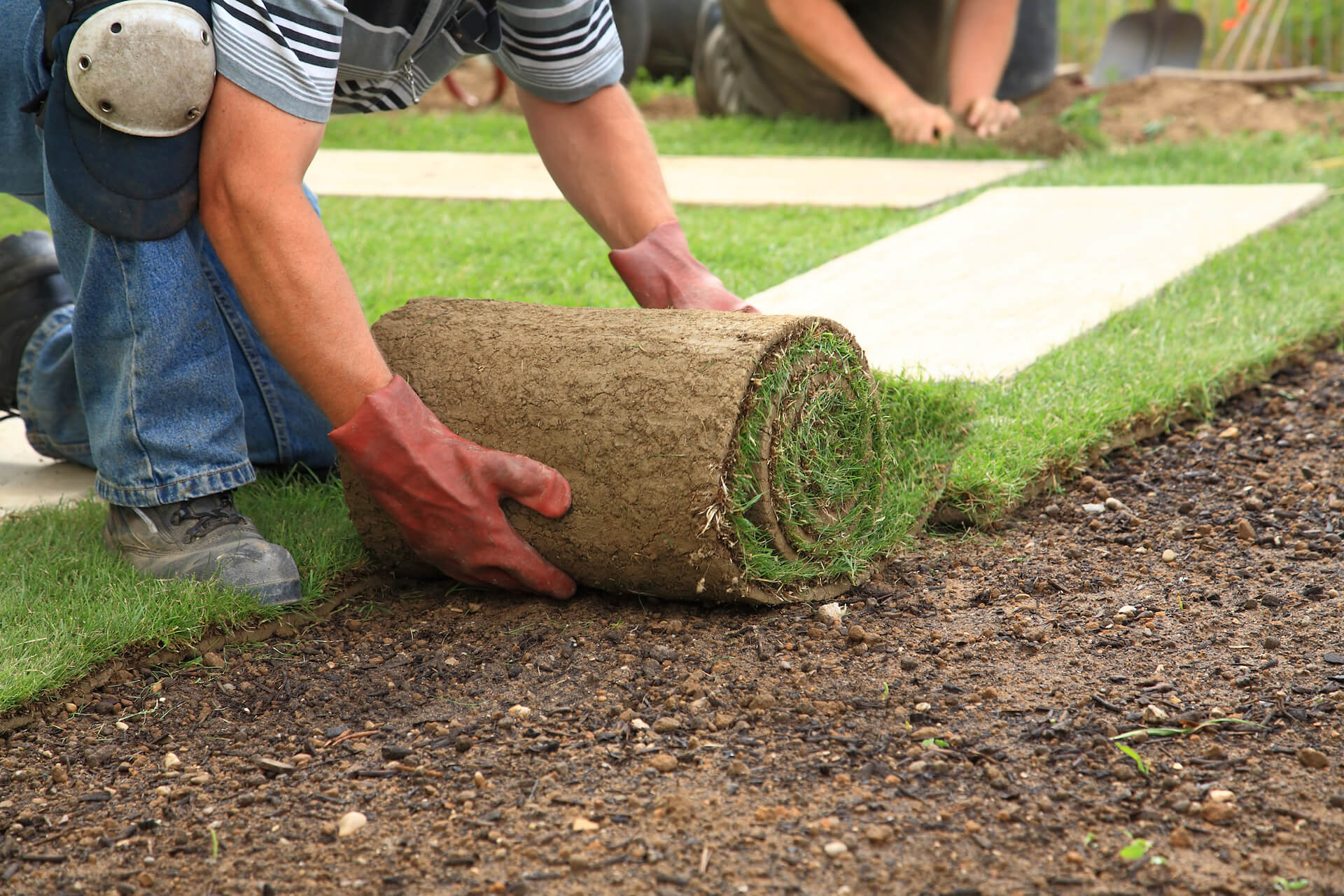
Protect the Beauty of your Azaleas with Proper Pruning
Colorful azalea blooms are one of the first signs of spring, especially in Tallahassee. But if your azaleas aren’t blooming the way they should, this could be a sign they weren’t properly pruned, and what pruning you did (or didn’t do) last year may be cheating your yard of beautiful blooms now. Many home gardeners know they should trim their azalea bushes, but aren’t sure of how or when. Here are a few guidelines to follow.
When is the best time to prune azaleas?
The best time to prune your azaleas is in late spring or early summer after the blooms have begun to dry up and shrivel. It’s important to trim the bush before new buds begin to grow in July, which will also allow the flowers to bloom to their full potential next season. Colder climates during the fall can damage new growths, so pruning your azaleas late into the summer can almost guarantee the bushes trouble next season.
How should I prune azaleas?
The best way to prune azaleas is with a pair of clippers. Using shears can result in your azaleas having a box-like shape. Clippers help to maintain the bush’s natural shaping, but it’s also important to think about the desired shape of the bush while trimming. Your cuts should leave the branches at different heights. If a connecting branch is cut, it will grow back naturally.
If your plant needs a little help recovering from past seasons, choose three to five of the longest branches and cut them by a third to a half. Trim the other branches as if you were shaping them. This will help your plant return to a healthy state.
What if my azaleas are properly pruned but not blooming?
If your azaleas aren’t blooming, the culprit may be something other than improper pruning. Azaleas respond best to warm and humid climates, so a particularly dry or cold winter and spring could be detrimental. Adding a few inches of mulch to the base of your azalea bush can help the plant retain moisture and warmth. Organic mulch can also help fertilize your azaleas by slowly releasing nutrients into the soil, but if you wish to add additional fertilizer, use a light hand and fertilize only in the spring or fall. The cooler months are the perfect time to add nutrition to your soil.
Petal blight can also cause your azaleas to shrivel up and die right after they bloom. Azaleas are prone to petal blight after a particularly wet spring. If your plant is infected, circular water stains will appear on the flowers. This fungal infection can be remedied by spraying a fungicide labeled for petal blight just as the bush begins to bloom.
For more help with your azaleas, or any other landscaping needs, contact C&A Landscaping. Don’t forget to ask about our seasonal maintenance agreements.



